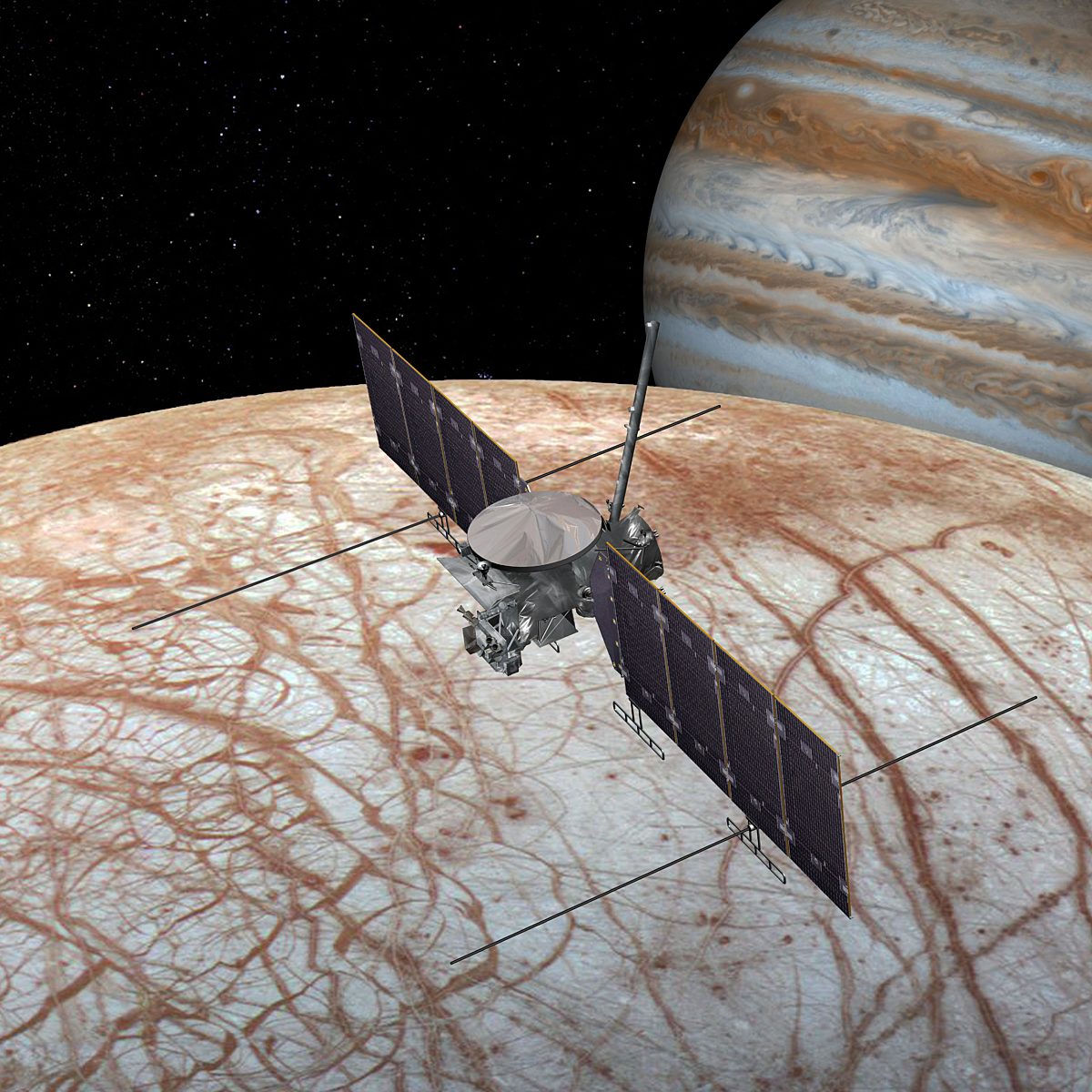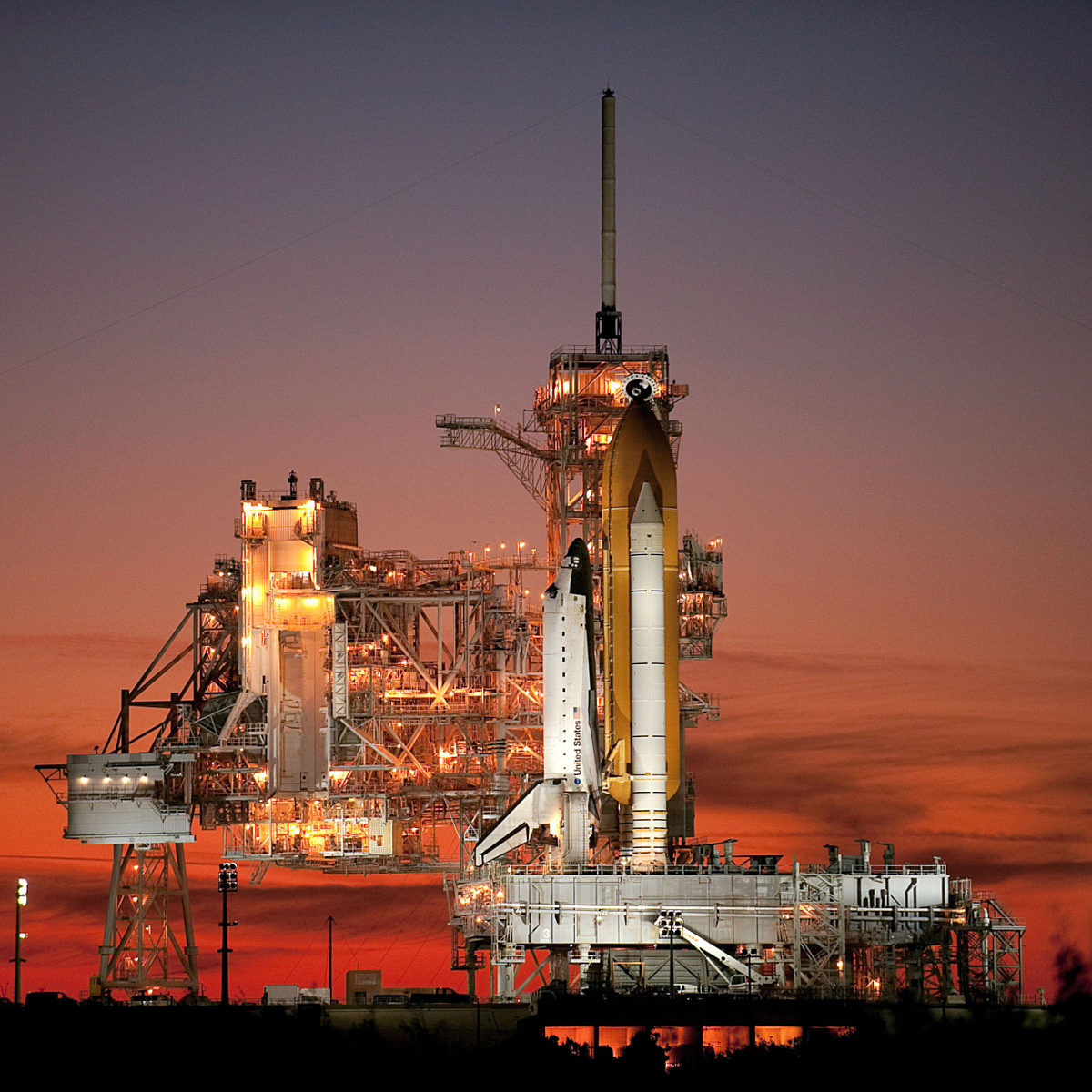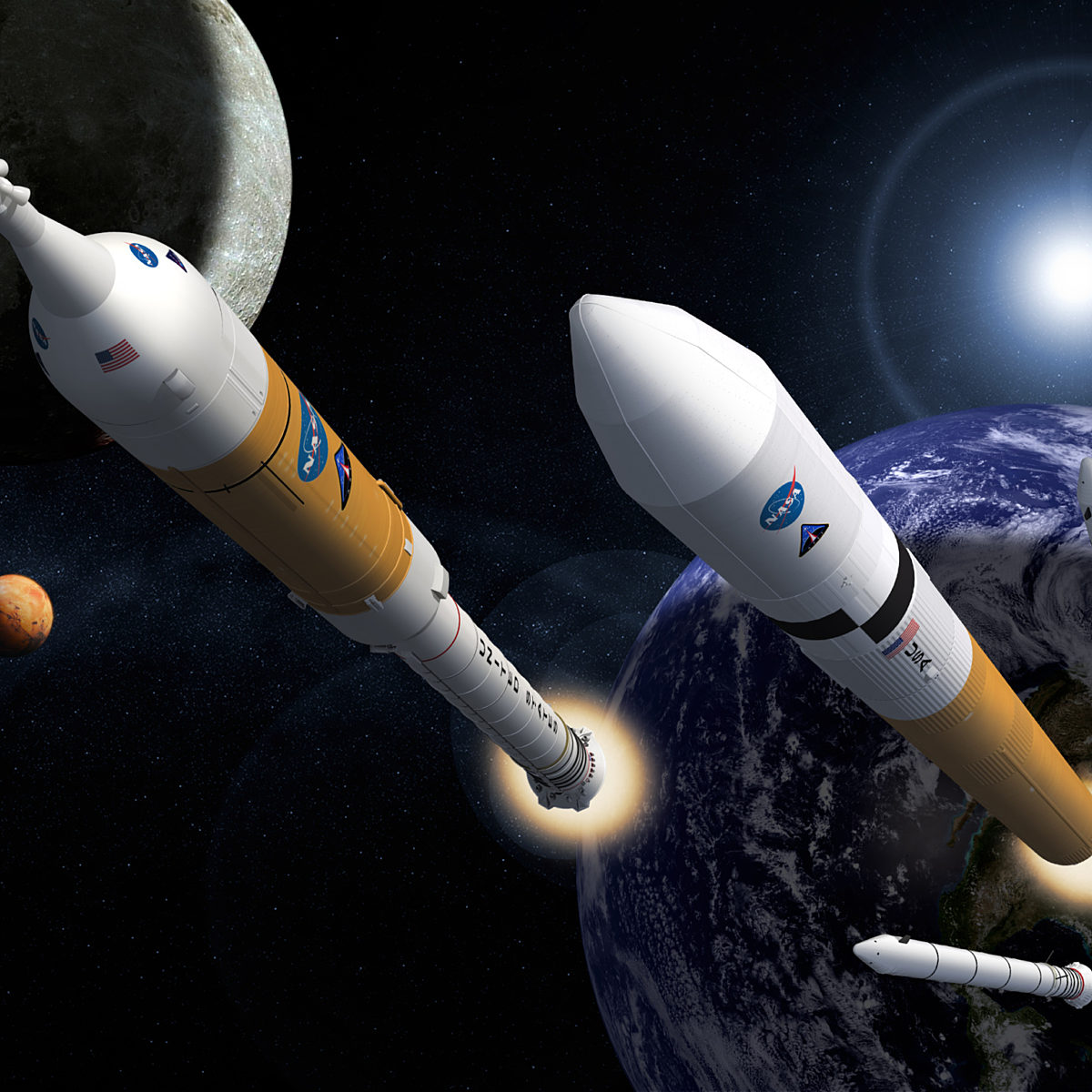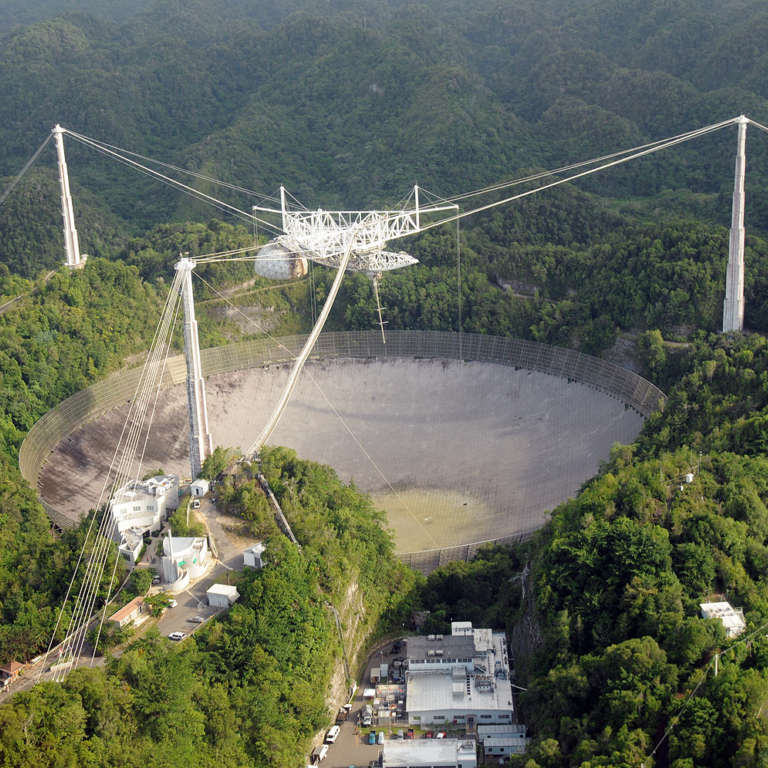All
All
Stories, updates, insights, and original analysis from The Planetary Society.
To Mars, with a monster rocket: How politicians and engineers created NASA's Space Launch System
NASA is building a giant rocket called the Space Launch System to send humans to Mars. In part 4 of our Horizon Goal series, we recap the messy tangle of politics and engineering that led to the vehicle's creation in 2011.
SpaceX and the Blank Slate
SpaceX's plans to colonize Mars differ considerably from NASA's Journey to Mars ambitions. But direct comparison is difficult. SpaceX is able to wipe the slate clean and start fresh with a bold new approach to humans in space. NASA has no such luxury, and must use existing pieces and people to make their goals a reality.
New Findings are Conclusive: Europa is crying out for exploration
New scientific findings add to the evidence that Europa is spouting its liquid ocean into space. NASA has a mission to Europa in the works, but it wouldn't launch for at least a decade. Congress can make it faster, but it all depends on whether they can pass a budget this year.
Five things we learned from our #RocketRoadTrip
We're back from our #RocketRoadTrip through four states with NASA field centers involved in the agency's Journey to Mars program. We'll be sorting through our material for quite some time, but meanwhile, here are five key things we learned.
Promise, Transition, and Transformation
After 10 days, four NASA centers, two contractors, and hundreds of miles, Casey Dreier shares his initial reflections on the state of NASA's Space Launch System rocket and its future.
Join The Planetary Society on social media for an epic #RocketRoadTrip
From September 6-16, The Planetary Society is visiting four NASA centers focused predominantly on the agency’s Journey to Mars program. Follow us on social media with the hashtag #RocketRoadTrip.
Selecting the Next New Frontiers Mission
NASA’s managers have begun the process for a competition to select a new planetary mission to launch in the mid-2020s that will address one of the most important questions in planetary science.
Space in transition: How Obama's White House charted a new course for NASA
Our Horizon Goal series on NASA's human spaceflight program continues with part 3, in which newly elected President Barack Obama and his transition team search for a NASA administrator, commission a review of the Constellation program and decide whether to extend the life of the ISS.
‘Apollo on steroids’: The rise and fall of NASA’s Constellation moon program
In part 2 of our series on the evolution of NASA's Journey to Mars, Michael Griffin gives the Constellation moon program a new look in an attempt to shorten America's International Space Station access gap after the space shuttles retire. But by 2009, the program is behind schedule and over budget.
Horizon Goal: A new reporting series on NASA’s Journey to Mars
We're embarking on a multi-part series with the Huffington Post about the world's largest human spaceflight program. In part 1, we look at how the Columbia accident prompted NASA and the George W. Bush administration to create a new vision for space exploration.
Test stand glitch halts SLS engine firing in Mississippi
A test stand problem cut short today's test-firing of a Space Launch System development engine at NASA's Stennis Space Center in Mississippi.
Watch a test of the world's largest solid rocket booster tomorrow on NASA TV
Tomorrow morning at 10:05 a.m. EDT (14:05 UTC), NASA and Orbital ATK are test-firing the world's largest solid rocket booster in northern Utah. You can follow along live on NASA TV.
An Astronomer Learns to Make His CASE
Science in America depends on federal funding, yet many young scientists don't understand how the U.S. government decides to spend its money on science, nor are they encouraged to use their new degrees to advise the process. This is changing with support from the American Association for the Advancement of Science.
Plans for China's farside Chang'e 4 lander science mission taking shape
The future Chang'e 4 lunar farside landing mission is rapidly taking shape. Now the mission's team is coming to a consensus on the landing location, as well as on the mission's instrument package.
Nadia Drake: NSF investigating how to shut down Arecibo
Reporter Nadia Drake has been following the status of Arecibo very closely, and recently wrote two articles explaining what it means that the National Science Foundation has begun an environmental review process for the giant radio telescope.
Red Dragon and Planetary Exploration
If SpaceX’s Dragon spacecraft becomes a standard catalog item that could ordered, the way a launch vehicle is, what might the impact be on planetary exploration?
Announcing Planetary Radio: Space Policy Edition
Announcing Planetary Radio Extra: Space Policy Edition (PRE:SPE for short)—a new spinoff of Planetary Radio that will delve into the weeds of space policy and politics.
ExoMars Domino Effect
A difficult but necessary decision by ESA and Roskosmos to postpone the launch of the ExoMars rover from 2018 to 2020 raises a question about the fate of other planetary exploration programs in the pipelines of both space agencies.
The House Makes its Counteroffer on NASA's Budget
Commerce, Justice, and Science—the House of Representatives’ subcommittee that oversees NASA spending—just released details on how they would fund the space agency in 2017. Overall, the news for the space program is very good.
Lockheed Proposes to have Humans Orbiting Mars by 2028
Lockheed Martin proposed a system to send humans to orbit Mars in the year 2028—a concept that shares many core values with The Planetary Society's report, Humans Orbiting Mars, we released last year.


 Explore Worlds
Explore Worlds Find Life
Find Life Defend Earth
Defend Earth


 Sun
Sun Mercury
Mercury Venus
Venus Earth
Earth Mars
Mars Jupiter
Jupiter Saturn
Saturn Uranus
Uranus Neptune
Neptune Small Bodies
Small Bodies

















